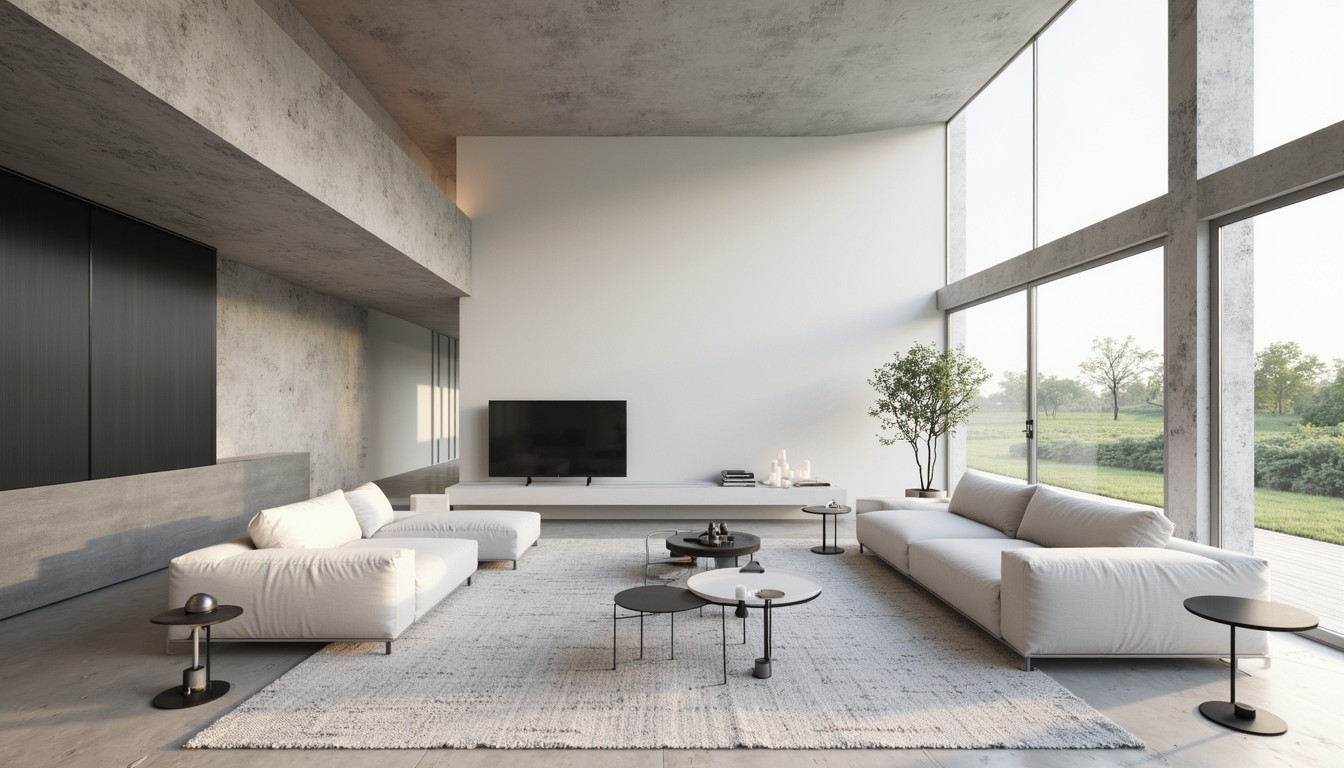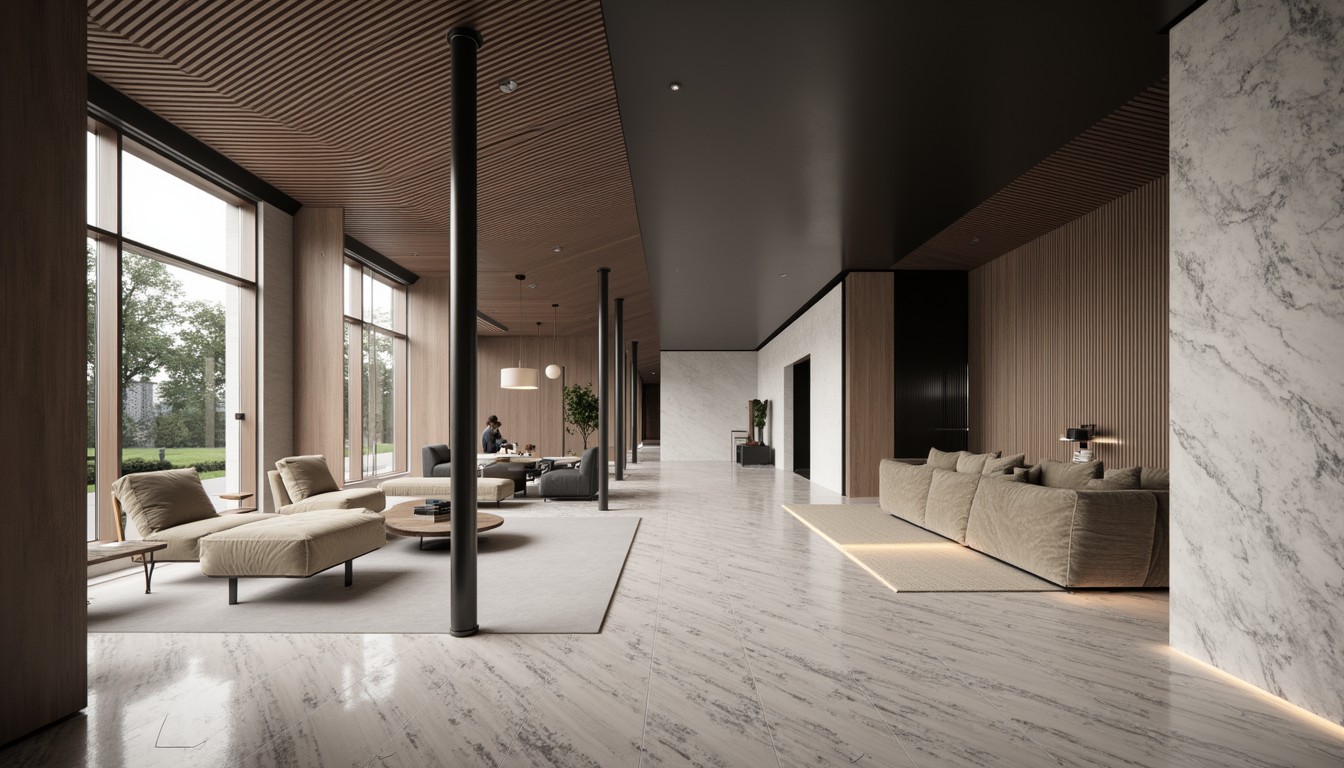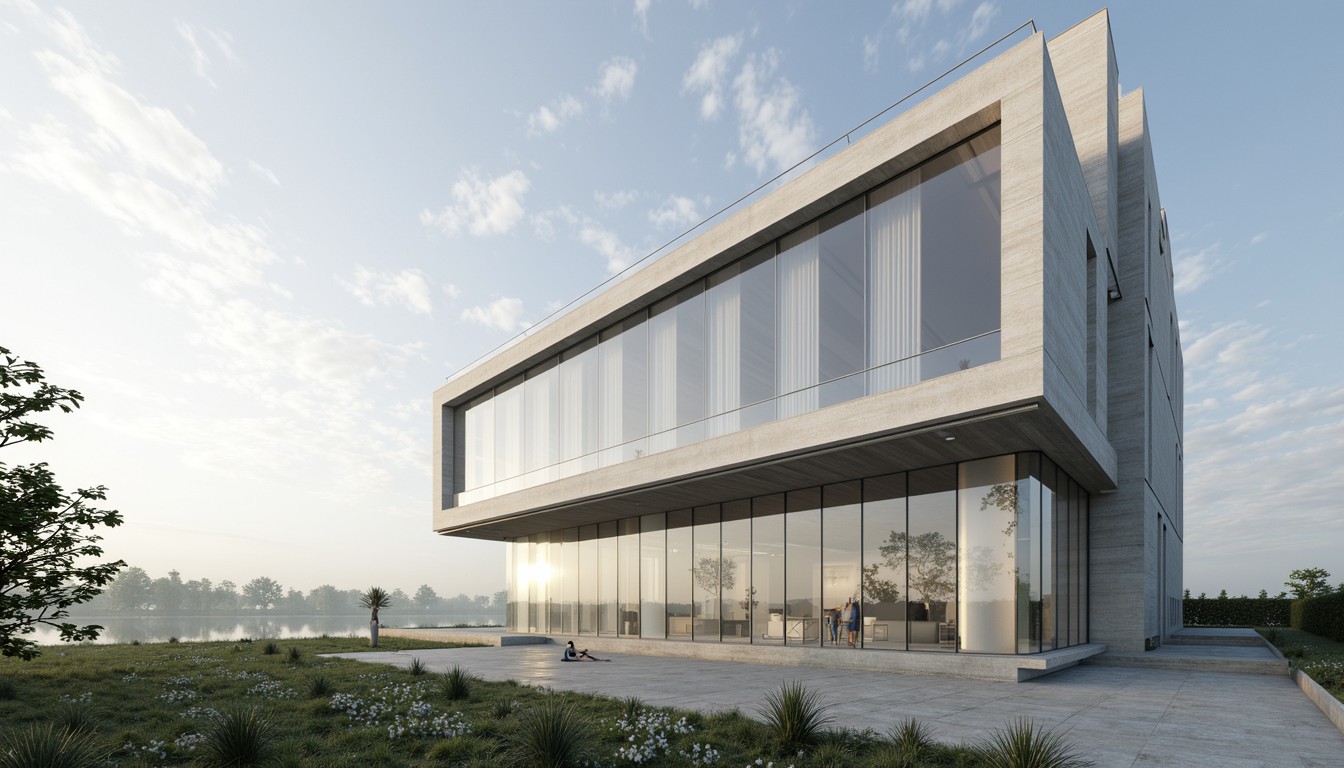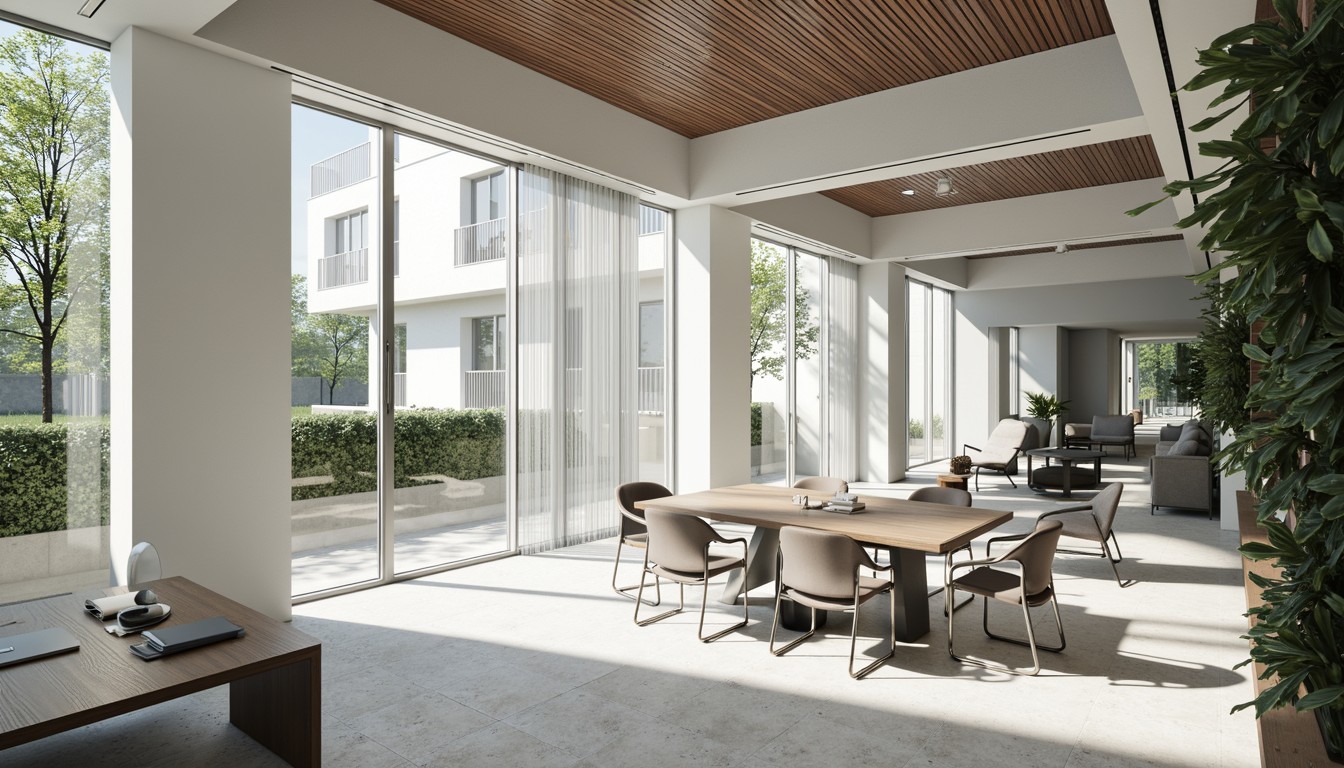Digital Transformation: Reshaping the Future of Architecture
The architectural landscape is undergoing a dramatic shift, driven by the relentless advancements in digital technologies. No longer is architecture solely defined by drafting boards and physical models; instead, a powerful digital transformation is reshaping the industry, impacting everything from initial conceptualization to final construction. This evolution offers unparalleled opportunities for increased efficiency, enhanced collaboration, and a higher level of creative expression. At ArchNav, we're at the forefront of this exciting change, leveraging the latest technologies to deliver exceptional architectural visualization services.
The Rise of Building Information Modeling (BIM)

Building Information Modeling (BIM) stands as a cornerstone of this digital revolution. BIM is more than just 3D modeling; it's a process that creates and manages digital representations of physical and functional characteristics of places. This intelligent model serves as a central hub for all project information, encompassing geometry, spatial relationships, materials, and other relevant data. This collaborative approach facilitates seamless communication between architects, engineers, contractors, and clients, minimizing errors and streamlining the entire building lifecycle.
Real-world applications of BIM are extensive. Consider a complex hospital design: BIM allows architects to simulate building systems, optimize energy efficiency, and even predict potential conflicts between different trades before construction begins, significantly reducing costly rework and delays. The ability to visualize and analyze the model in real-time accelerates the design process and improves decision-making throughout the project.
Virtual Reality (VR) and Augmented Reality (AR) in Architectural Design
Virtual and augmented reality technologies are rapidly transforming the way architects interact with their designs and present them to clients. VR immerses users in a fully realized digital environment, allowing them to experience a building's scale, spatial qualities, and atmosphere before it's even built. This provides clients with a far more intuitive understanding of the proposed design, leading to better informed decisions and reduced design revisions.
Augmented reality, on the other hand, overlays digital information onto the real world. Architects can use AR to visualize their designs superimposed on an existing site, helping clients understand how the building will integrate with its surroundings. This technology is particularly useful for urban planning projects, allowing stakeholders to explore different design options in the context of the existing urban fabric.
Generative Design and AI's Impact

The integration of artificial intelligence (AI) and generative design tools is pushing the boundaries of architectural creativity and efficiency. Generative design algorithms explore a vast number of design options based on predefined parameters, such as budget, material constraints, and environmental factors. This allows architects to explore unconventional solutions and optimize designs for performance and sustainability.
For example, generative design can be used to optimize the structural system of a building, minimizing material usage while maintaining structural integrity. This not only reduces construction costs but also contributes to a more environmentally responsible approach to building design. The use of AI is also improving the accuracy and speed of tasks like quantity take-offs and clash detection.
Cloud Computing and Collaborative Platforms
Cloud computing has revolutionized collaboration in the architectural industry. Cloud-based platforms enable architects and their teams to access and share project data in real-time, regardless of their location. This fosters seamless collaboration, improves project management, and eliminates the limitations of traditional file sharing methods. The accessibility of cloud-based platforms also improves the efficiency of design reviews and feedback processes.
Paramatric Design and Algorithmic Modeling
Parametric design utilizes algorithms to create and manipulate design elements, enabling architects to explore a wide range of design variations with ease. By defining relationships between different design parameters, architects can quickly generate multiple iterations, allowing for rapid prototyping and exploration of optimal solutions. This approach is especially useful for complex, repetitive elements, such as facade designs or structural systems.
The Importance of Data Analytics in Architecture

Data analytics plays an increasingly vital role in informing architectural design decisions. By analyzing data related to building performance, environmental factors, and user behavior, architects can create more sustainable and user-friendly buildings. This data-driven approach leads to better informed design choices, resulting in buildings that are more efficient, resilient, and responsive to the needs of their occupants.
ArchNav: Leading the Digital Transformation
ArchNav is committed to embracing and driving this digital transformation in architecture. We leverage the power of BIM, VR, AR, and other cutting-edge technologies to deliver high-quality architectural visualizations that exceed our clients' expectations. Our team of experienced professionals understands the intricacies of these technologies and uses them to create stunning visuals that help architects effectively communicate their designs and win projects.
We understand that the digital transformation is not just about adopting new technologies; it's about integrating them seamlessly into the design process to enhance creativity, efficiency, and collaboration. ArchNav is your partner in navigating this exciting evolution, providing innovative solutions that empower you to shape the future of architecture.
